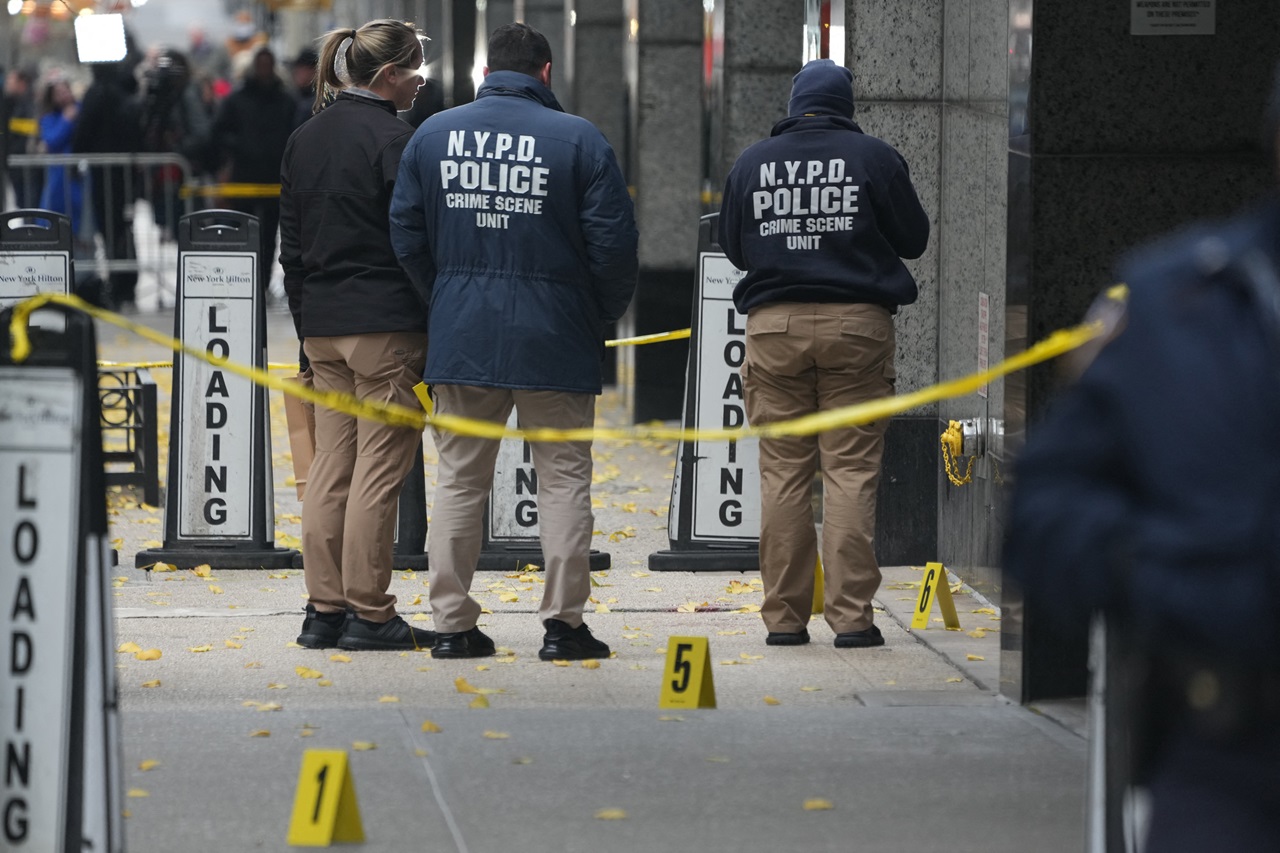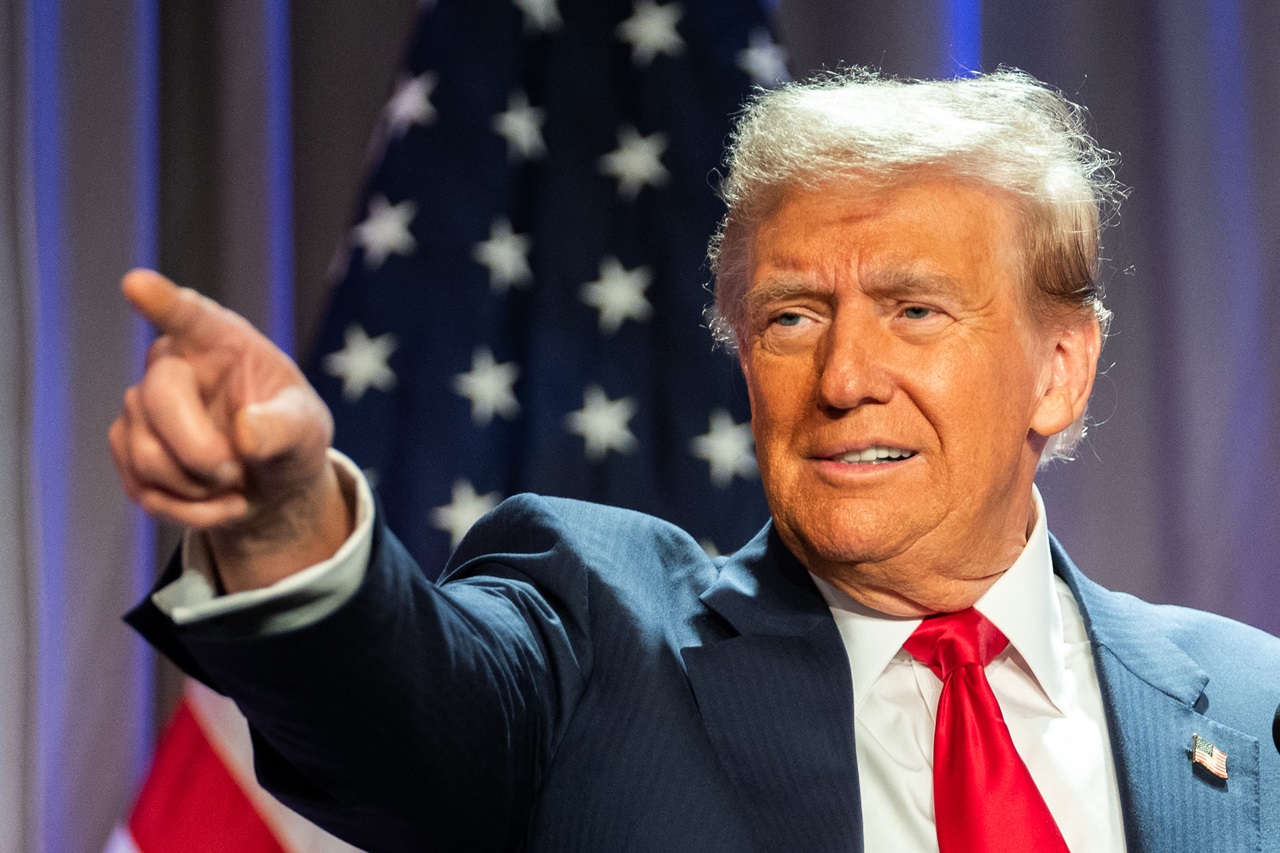
In the face of federal downplay of COVID-19, local and state leaders find their voice
More and more local leaders across the country are calling out the federal government for its slow response and indifference to the coronavirus crisis.
As Philadelphia Mayor Jim Kenney took the podium on March 24 during the city government’s daily briefing on COVID-19, he made sure to send a message to Washington about its response to the novel virus.
“This is unacceptable,” he said.
Kenney decried the federal government’s “short-sighted” approach to overcoming COVID-19. At the same time he spoke, the president was also giving the White House’s daily update on the virus across the U.S.
The U.S. has quickly risen to third in the world in terms of overall cases of COVID-19, and with its death toll rising by more than 100 in each of the last three days (more than 200 on March 24), it is on a fast track to 1,000 overall deaths by week’s end.
President Trump’s response? He wants the country “opened up and just raring to go by Easter,” he said in his press conference on March 24. Easter is a little more than two weeks away on April 12.
Kenney is one of 303 mayors from across the country to sign a letter requesting $250 billion from the federal government to maintain essential city services, support local businesses and protect families from COVID-19’s economic fallout.
As of March 24, the federal government has now signed three bills addressing the economy amid COVID-19. The first was worth $8.3 billion for health agencies, and the second provided nearly $100 billion for a myriad of things like paid sick leave, unemployment, Medicaid and free coronavirus testing.
The third was by far the most significant — and one of the biggest relief bills in the country’s history — valued at close to $2 trillion to send Americans checks worth anywhere from $1,200 to $2,400 or more during the shutdown. A further $100 billion is going to hospitals, $350 billion to small businesses and $500 billion to corporations.
Before the massive relief bill, states and localities were largely on their own to combat both the spread of COVID-19 and its economic damage.
Philadelphia implemented two separate COVID-19 funds to pool local resources.
The PHL COVID-19 Fund is a partnership between the city, the Philadelphia Foundation and United Way of Greater Philadelphia and Southern New Jersey to provide $6.4 million in funding for local nonprofits.
The COVID-19 Small Business Relief Fund is offering up $9.5 million in funding for local small businesses and the result of collaboration between the Philadelphia Department of Commerce and PIDC.
But with federal funding seemingly on the way, there’s still a major hole in COVID-19 coverage giving local leaders headaches: testing kits.
The U.S. was admittedly slow in its initial creation and dissemination of testing kits for COVID-19.
At Philadelphia’s daily coronavirus press conference on March 23, Health Commissioner, Dr. Thomas Farley, said that testing at the city’s more than 20 testing sites would be reduced because of a lack of available tests.
All sites already had strict limitations on who could get tested because of the lack of supply. Only those displaying symptoms can get tested, but that leaves out an undetermined amount of people who are asymptomatic and still capable of spreading COVID-19.
For a global perspective, mass testing has proven the most effective way to “flatten the curve” or curb the spread of the virus. South Korea and Singapore implemented systems of mass testing, rigorous contact tracing and targeted quarantining.
RELATED CONTENT
A month after being in the top five of COVID-19 cases in the world, both now rarely record more than 100 new cases in a day.
In addition to testing, hospitals at the epicenter of the virus in the U.S. are also grappling with shortages of vital supplies like face masks, gloves and ventilators. The latter’s presence is what keeps patients with critical lung damage alive.
Like Kenney, New York Governor Andrew Cuomo also hosts daily COVID-19 updates. His state is the hardest hit of any in the U.S. and reportedly has coronavirus cases doubling every three days.
Cuomo’s response to the crisis has been calculated. He’s laid out some of the things the state would need from the federal government, which included four, fully-staffed hospitals with 250 beds each within New York City’s Javits Center built by FEMA, and further hospital constructions in Stony Brook, Westbury and Westchester County.
At the time of the announcement, 80% of the state’s ICU beds were already occupied and the estimated number needed was 110,000. Since then, that number has risen to 140,000.
As for ventilators, gowns, masks and other essentials, Cuomo asked the federal government: “Where are they?”.
The state has been able to procure 7,000 ventilators from other sources, but needs an additional 30,000, according to the governor. Only 4,000 have come from the federal government so far.
“You pick the 26,000 people who are going to die,” said Cuomo.
Despite his harsh message for the federal government, it’s garnered national attention and earned him praise among many looking for a leader in this time of crisis.
In the absence of federal leadership, don’t be surprised to see others in Cuomo’s and Kenney’s positions follow suit.











LEAVE A COMMENT:
Join the discussion! Leave a comment.